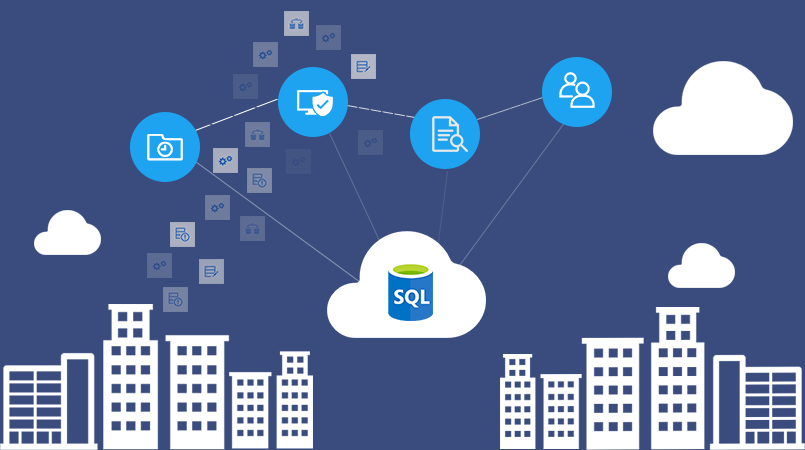Microsoft becomes a Leader in ODBMS Magic Quadrant for three years in a row
3 min. read
Published on
Read our disclosure page to find out how can you help MSPoweruser sustain the editorial team Read more

Gartner released its latest Magic Quadrant for Operational DBMS earlier this week and Microsoft was positioned in the Leaders Quadrant. Microsoft was also positioned farthest in completeness of vision and ability to execute in the database market and this is the third year that Microsoft has been in this leadership position. Microsoft has two flagship products in the database market, SQL Server DBMS and Azure SQL Database.
Microsoft is investing heavily in this market and recently they announced another significant cloud database product called Azure Cosmos DB. It is a brand new cloud database service built from the ground up to power planet-scale cloud services and data-intensive applications. Azure Cosmos DB is the industry’s first globally distributed, multi-model database service to deliver horizontal scale with guaranteed uptime, throughput, consistency and single-digit millisecond latency at the 99th percentile. Gartner mentioned the following as strengths and weakness of Microsoft’s product offering in the ODBMS market.
Strengths:
- Market-leading execution: Gartner’s 2016 revenue data for the DBMS market shows that Microsoft’s revenue grew above the market rate. Microsoft is being increasingly aggressive, with a new free Developer Edition of SQL Server and a Database Migration Service to port both SQL Server and Oracle databases to its Azure SQL Database, opening another area of competition with AWS. Microsoft’s competitive cost, license mobility and willingness to offer “the only financially backed database SLA across availability, latency, throughput and consistency” also get attention.
- Market vision: Microsoft continues to lead the market in vision with its multimodel SQL offerings for IMDBMS and nonrelational (document, key-value and now graph via Apache Gremlin support), as well as built-in access to analytics (supporting HTAP) and mobility support. Its hybrid deployment support via SQL Server 2016 Stretch Databases is now joined by Azure CosmosDB cross-region policy control in the cloud, and multiple data consistency choices permit selective, use-case-based design.
- Customer satisfaction: Microsoft received the highest reference customer scores of all vendors evaluated for overall experience, meeting needs, value for money, negotiation experience, integration and deployment, service and support, professional support, ease of programming, and tunable consistency. It was among the top 25% of evaluated vendors in terms of reference customers planning to buy additional products from their vendor within a year.
Cautions:
- Pricing pressures expand competition: Microsoft’s pricing in the cloud will remain under pressure from both AWS and Google, both of which gained high scores from their reference customers for their pricing models. Several on-premises competitors fared better in the reference survey for their pricing models, though Microsoft scored well in value for money. This suggests that more buyers are willing to selectively substitute alternatives to Microsoft, opening internal competition for future workloads.
- Cloud challenges in product and channel: Microsoft’s cloud deployment partners have not fared well in comparison to those of AWS. Some tools are lagging behind those of other vendors in the Magic Quadrant — notably development tools.
- Megavendor pricing syndrome: Although Microsoft’s reference customers praised good value for money and the pricing negotiation process, they were not happy with Microsoft’s pricing methods . References noted that pricing can be opaque unless the product, and how it will be used, is well-understood.
Source: Microsoft









User forum
0 messages